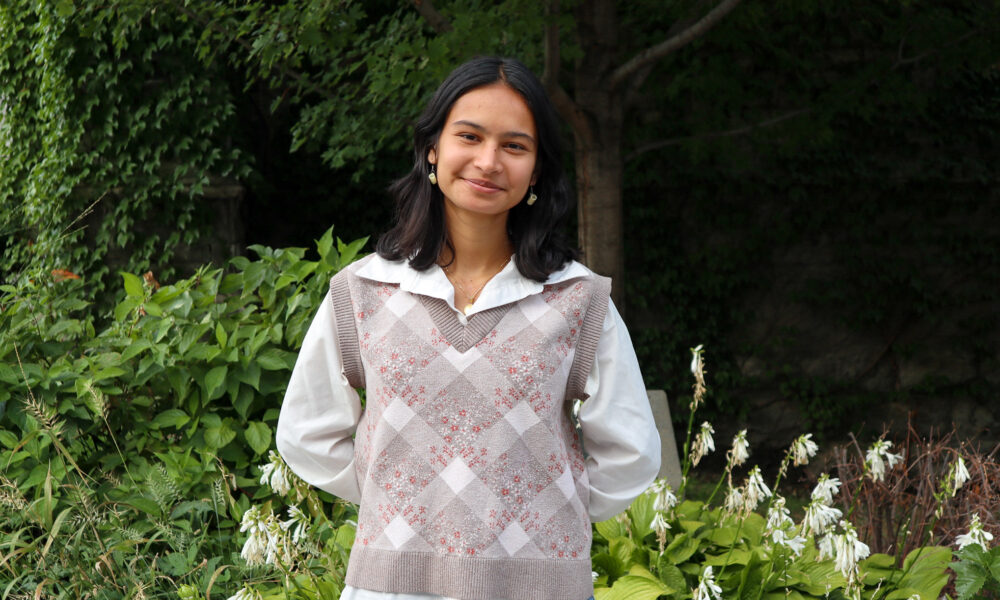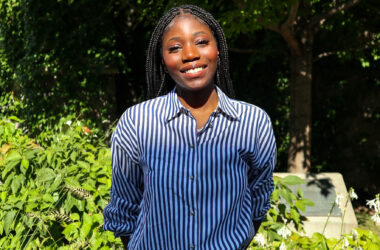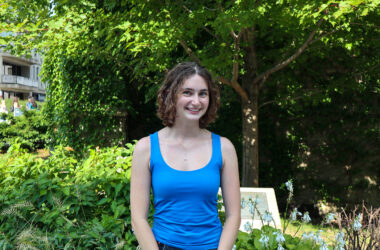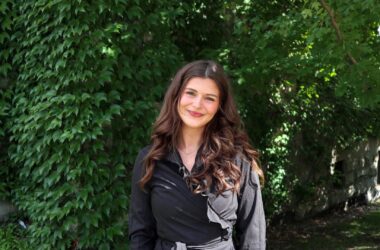I love seeping into an aesthetic. Going for walks in the park in a long skirt, colour-coding my notes, listening to an ‘indie morning’ playlist over gentle sips of coffee. Yet, watching my grandfather empty the guts from a fish, I realized that aesthetic lifestyles set unrealistic expectations of beauty and alienate cultural practices and identities that don’t fit into aesthetic moulds.
We were fishing off a pier on the Potomac, a B-grade river carrying industrial chemicals and sewage waste of Washington, DC. My grandfather propped three poles on the railing as we sat on folding camping chairs, tapping the poles to feign the aliveness of our bait. We caught three fish and dumped them in a margarine bucket. He killed the fish over the bucket’s lid, and laid them out on a nearby picnic bench. One was an invasive catfish, which only stopped flopping when he pulled the womb out. “The eggs are good fried,” he said, smiling. His hands were bloody and the fish’s moisture was still on my t-shirt. Was I living that cottagecore life? I was definitely enjoying nature—with all its beauty, excitement, and laughter—but not in the Pinterest-perfect way.
Social media thrives through aesthetic and lifestyle trends, converging into genres such as light and dark academia, old money, and clean girl. These aesthetic categories represent more than fashion, encompassing films, music, products, and hobbies. Yet when trends include activities, those interests may become based on the aesthetic rather than the act. “Frolicking in the meadows” is not only not a hobby, but consequentially sets unrealistic visual expectations for a hobby. I like to bake but my bread could double as a cannonball. I enjoy hiking, but anticipate dirty sneakers. A person’s interests thus change when the trend inevitably falls out of style.
In the past year, a counterculture of influencers have made themselves a niche in the ‘unaesthetic.’ Vlogs centre average morning routines and normal home decor. The unaesthetic sits within the broader trend of ‘de-influencing’—in which social media personalities attempt to dissuade hyper-consumption behaviours typical of viewers enjoying aesthetics-based platforms—and, in the process, pushes back on the unrealistic expectations of aesthetic lifestyles. Yet by making the unaesthetic a trend, it succumbs to the surrealism of aesthetic lifestyles. The unaesthetic becomes the next aesthetic, where authentically beautiful moments don’t fit into this new script of normalcy.
Products—from your cute local coffee shop to your favourite skincare company—promote their brand through the use of aesthetics. The reason for this strategy is clear: The consumer cannot try the product so therefore relies on advertisements to convey how the product would make them feel. However, this style of marketing often avoids talking about the substance of the product: How strong is the coffee? How fragrant is the perfume? It allows companies to mark up the price of a product or service, even if it is of average quality. Thus the consumer, interested in a particular aesthetic, will pay for the product’s vibe as much as for the item or service itself. Even the recent unaesthetic trend promotes unaesthetic products, subsequently treating the unaesthetic like another marketable aesthetic.
Aesthetic idealism also sidelines cultural practices. Many aesthetics focus on ‘slow living’ and ‘rural’ lifestyles, often featuring charming villages and pretty views. Idealized rural life, however, fails to incorporate the livelihoods of many communities in the Global South. For example, thatched roof homes are a staple architectural practice all over the world, but only Western European homes are featured in ‘renovation inspo,’ and called ‘cottages’ over ‘huts.’ Lifestyles that promote material aestheticism are likewise incredibly expensive and antithetical to the cultures the aesthetic takes inspiration. While there is no rule about who can and cannot embrace a certain aesthetic, the foundations of many aesthetics fail to incorporate all cultures.
My summer consisted of fishing, hanging out in cafes, baking pie, and walking on the beach; but the enjoyment came from the authenticity of moments with family and engagement of my culture, not an alignment with an aesthetic.









